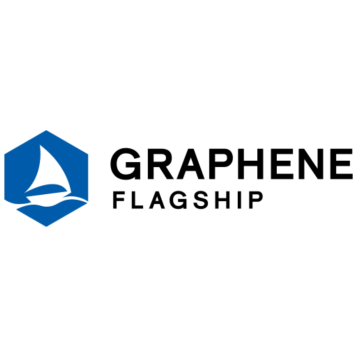GRAPHENE Flagship - Graphene Based Revolutions in ICT and Beyond

This Flagship aims to take graphene and related layered materials from a state of raw potential to a point where they can revolutionize multiple industries – from flexible, wearable, and transparent electronics to new energy applications and novel functional composites.
Our main scientific and technological objectives in the different tiers of the value chain are to develop material technologies for ICT and beyond, identify new device concepts enabled by graphene and other layered materials, and integrate them to systems that provide new functionalities and open new application areas.
These objectives are supported by operative targets to bring together a large core consortium of European academic and industrial partners and to create a highly effective technology transfer highway, allowing industry to rapidly absorb and exploit new discoveries.
The Flagship will be aligned with European and national priorities to guarantee its successful long term operation and maximal impact on the national industrial and research communities. Together, the scientific and technological objectives and operative targets will allow us to reach our societal goals: the Flagship will contribute to sustainable development by introducing new energy efficient and environmentally friendly products based on carbon and other abundant, safe, and recyclable natural resources, and boost economic growth in Europe by creating new jobs and investment opportunities.
The Nanooptics Group of nanoGUNE is participating in the Work Package 5: Optoelectronics, led by Prof Andrea Ferrari from the University of Cambridge (United Kingdom).
The “Optoelectronics” workpackage aims to establish a new field of graphene photonics and optoelectronics, sustained by the convergence and co-integration of graphene-based electronic and photonic components such as lasers, optical switches, and waveguides, optical frequency converters, amplifiers, cavities, modulators, photodetectors, nanophotonics components, metamaterials, and solar cells. The unique optical properties of graphene will enable novel functionalities, currently impossible with other materials. The group envisions innovative technological applications in long-haul optical communications, inter- and intra-chip optical interconnects, wireless communications, security and surveillance applications, environmental monitoring, and energy harvesting.
155 institutions are members of this project.
The full list is available here: https://cordis.europa.eu/project/id/604391
